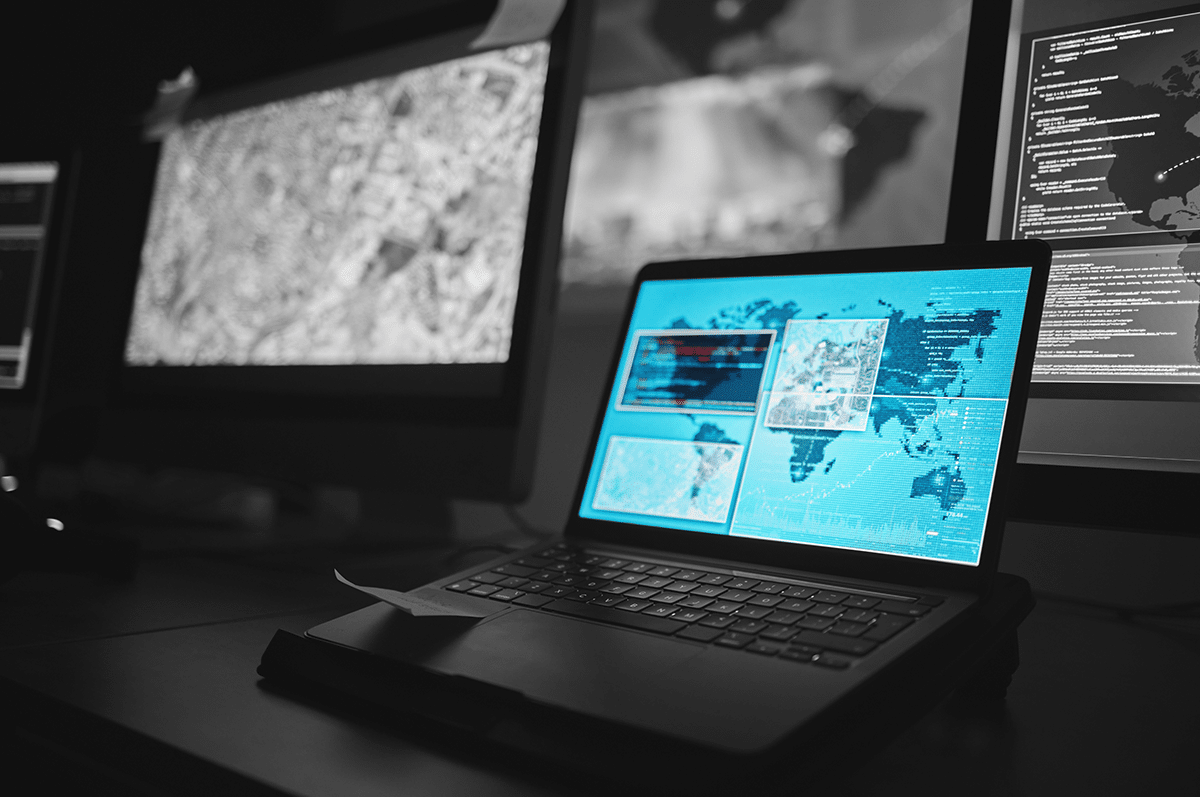By Rodman Ramezanian - Global Cloud Threat Lead, Skyhigh Security
October 2, 2023 3 Minute Read

As we celebrate the 20th Cybersecurity Awareness Month in 2023, we reflect on the remarkable journey the digital world has taken over the past 20 years. This period has been shaped by pivotal moments, each teaching us invaluable lessons about the ever-evolving landscape of cybersecurity.
Notable events of the past 20 years
The early 2000s witnessed the rise of the “worm era,” with destructive malware like “ILOVEYOU” and “Conficker” demonstrating the capacity of digital threats to wreak havoc on a global scale. These outbreaks emphasized the urgent need for robust cybersecurity measures and the importance of staying ahead of malicious actors.
In 2011, the now infamous PlayStation Network hack sent shockwaves through the corporate world, illustrating the potential for devastating cyberattacks against even the most prominent organizations like Sony. The level of destruction at the hands of threat actors highlighted how cyberattacks can have real-world, tangible consequences beyond data theft alone.
LinkedIn’s woes in 2012 brought attention to the susceptibility of popular online platforms to intrusions, emphasizing the broader implications of data security breaches. It underscored the need for companies to invest in stronger security measures to protect their data, and for users to use strong, unique passwords for online accounts. Years later, the world grappled with just how devastating these impacts can be at the hands of the Colonial Pipeline attacks. Edward Snowden’s 2013 leaks unveiled the extent of global surveillance programs, sparking critical discussions about privacy, government transparency, and individual liberties. These disclosures prompted a revaluation of digital rights and the continuation of encryption/decryption debates.
Large-scale data breaches, epitomized by incidents like Equifax in 2017, stressed the significance of enterprise data protection. It led to the introduction of regulations like GDPR, holding organizations accountable for safeguarding personal information and shifting the balance of power in favor of end users, customers, and employees.
The COVID-19 pandemic was yet another era-defining event for cybersecurity. The global health crisis expedited the shift to remote work and digital dependence. In fact, research shows working from home rose five-fold from 2019 to 2023, with 40% of U.S. employees now working remotely at least one day a week. This is equivalent to about 35 years of pre-pandemic growth. This trend presented a whole new side of cybersecurity that the industry wasn’t prepared for, and cybercriminals wasted no time exploiting these new vulnerabilities. As a result, securing remote access while enabling businesses to thrive under new working regimes has become extremely important.
In 2021, the emergence of critical vulnerabilities like Log4J demonstrated the need for rapid patching and proactive vulnerability management to prevent widespread exploitation.
Fast forward to today, Generative AI innovations are reshaping the way we approach business strategy, creativity, and problem solving, but also introduce new dimensions to cybersecurity. Ensuring the responsible use of AI technologies and addressing their potential misuse is a growing concern, and one that fuels ongoing discussions among key decision makers monitoring tech innovations.
Applying our learnings for the future
So, what have we learned? On the bright side, the compounded lessons of the past 20 years have resulted in cybersecurity being an elevated priority for most enterprises – with leaders recognizing it for what it is: a critical business imperative. With increasingly sophisticated threats on the horizon, today’s leaders are more interested than ever in adopting new, innovative security capabilities and frameworks.
However, we still need to fight complacency that arises when organizations assume that their existing or outdated cybersecurity measures are offering adequate protection – a mistake that gives threat actors windows of opportunity to carry out successful attacks.
Along the same lines, organizations can’t let their guards down or be overly trusting. Now and in the future, we need to focus on applying zero trust principles to users, devices, internal assets, remote systems, corporate data, and more. We also need to factor in context, security posture and risk to access decisions. Similarly, organizations should adhere to principles of “least privilege,” giving users and employees access only to the data and systems necessary for their roles.
The past two decades have been marked by the recognition that cybersecurity is a shared responsibility. As we celebrate Cybersecurity Awareness Month in 2023, let us acknowledge these lessons and reaffirm our commitment to a safer digital future through education, collaboration, and continuous vigilance.
Learn more about Skyhigh Security and its Security Service Edge portfolio by requesting a demo.
Back to Blogs